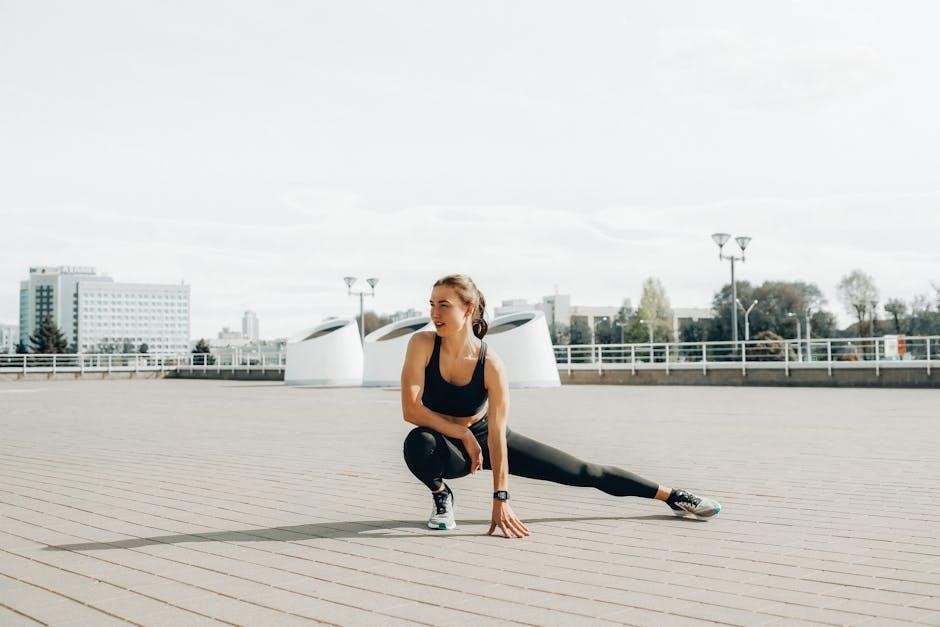Peroneal tendon exercises are essential for strengthening muscles, improving flexibility, and preventing injuries. They should be introduced gradually to avoid aggravating symptoms, focusing on low-impact activities like walking, cycling, or swimming. Gentle stretches and weight loss can also reduce stress on the tendons, promoting recovery and overall foot health.
1.1 Importance of Peroneal Tendon Health
Peroneal tendon health is crucial for proper foot and ankle function, enabling activities like walking and running. These tendons, located along the outer ankle, facilitate eversion and plantarflexion, essential for balance and movement. Neglecting their health can lead to conditions like tendonitis, causing pain and limiting mobility. Maintaining strong, flexible tendons through targeted exercises and weight management reduces injury risk and supports overall lower limb stability, ensuring optimal performance in daily and athletic activities.
1.2 Overview of Peroneal Tendon Exercises
Peroneal tendon exercises are designed to strengthen, stretch, and stabilize the tendons and surrounding muscles. They include low-impact activities like walking, cycling, and swimming, as well as specific stretches such as standing calf stretches and towel stretches. Strengthening exercises like towel toe curls and resistance training target the peroneal muscles. These exercises should be introduced gradually, starting with gentle movements to avoid aggravating symptoms, and progressed as tolerance allows. Proper form and consistency are key to effective recovery and injury prevention.
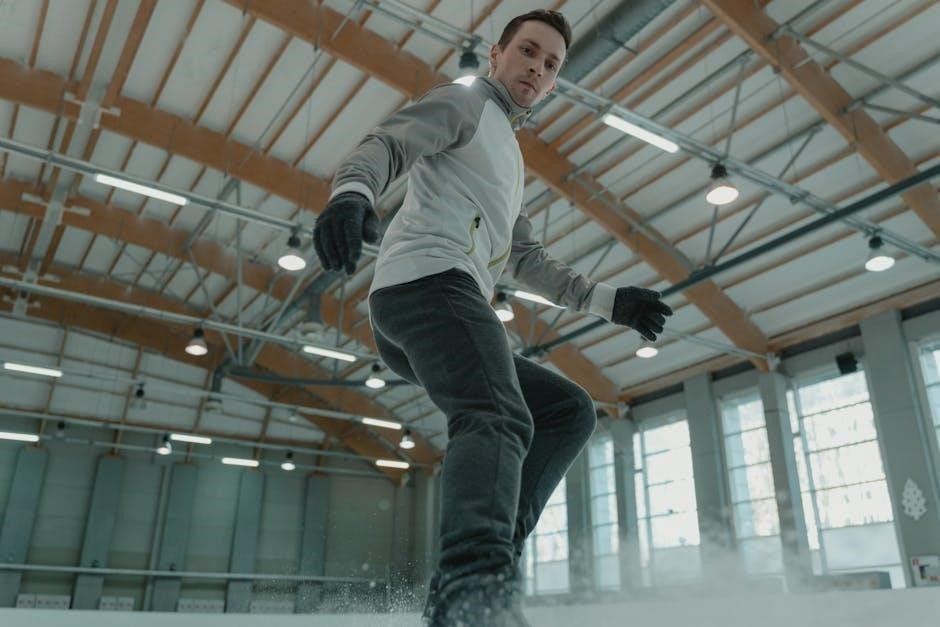
Anatomy of the Peroneal Tendons
The peroneal tendons are located along the outside of the ankle, functioning to evert and plantarflex the foot. They run behind the fibula, playing a crucial role in movement and stability.
2.1 Location and Function
The peroneal tendons are located along the outside of the ankle, running behind the fibula. Their primary function is to evert and plantarflex the foot, essential for balance and movement. These tendons play a crucial role in stabilizing the foot and ankle during activities like walking or running. Proper functioning of the peroneal tendons ensures smooth lower limb mechanics, preventing injuries and maintaining mobility.
2.2 Role in Foot and Ankle Movement
The peroneal tendons are vital for foot and ankle movement, enabling eversion and plantarflexion. Eversion is the outward movement of the foot, while plantarflexion involves pushing the foot downward, crucial for activities like walking and running. These tendons stabilize the foot during weight-bearing movements, preventing excessive pronation or supination. Their proper function ensures efficient gait mechanics, balance, and overall lower limb coordination, making them indispensable for maintaining mobility and preventing injuries.
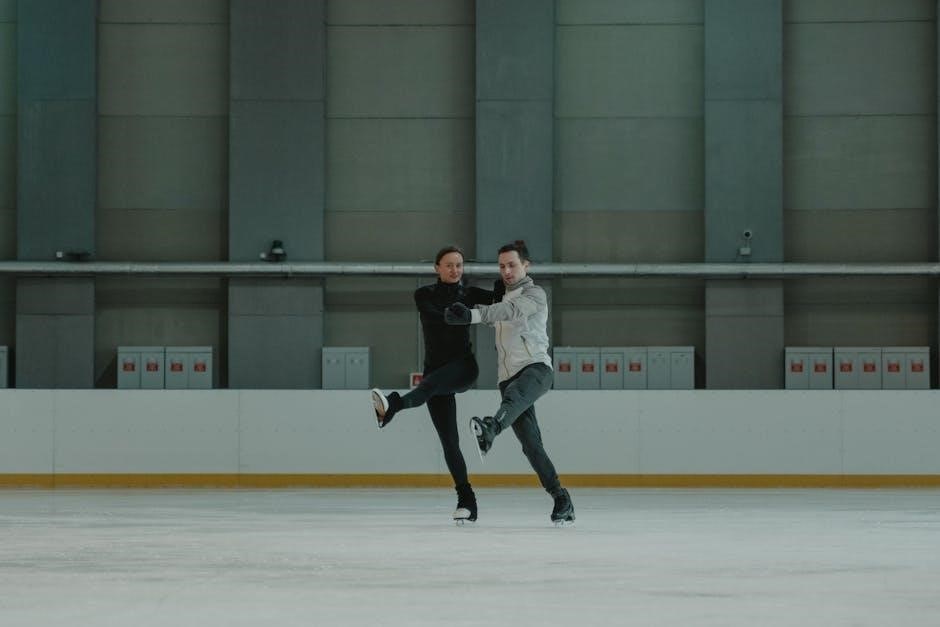
Symptoms of Peroneal Tendonitis
Peroneal tendonitis causes pain and inflammation, often radiating from the ankle to the foot. It may worsen during physical activity, leading to discomfort and limited mobility.
3.1 Pain and Inflammation
Peroneal tendonitis often presents with pain and inflammation along the tendons, typically worsening during activity. The discomfort may radiate from the ankle to the foot, causing tenderness and swelling. This inflammation can lead to limited mobility and stiffness, especially after periods of rest. Managing these symptoms is crucial to prevent further irritation and promote healing. Gentle exercises and rest are often recommended to alleviate pain and reduce inflammation effectively.
3.2 Radiating Pain from Ankle to Foot
Peroneal tendonitis often causes pain that radiates from the ankle to the outside of the foot. This discomfort can be sharp or a dull ache, worsening with activity. The pain may extend along the lateral side of the foot, making walking or standing uncomfortable. Inflammation and irritation of the tendons contribute to this radiating pain, which can limit mobility and interfere with daily activities. Addressing this symptom is crucial to prevent further progression of the condition and restore normal foot function.
Prevention and Recovery
Preventing peroneal tendon issues involves managing symptoms and promoting healing through tailored exercises and lifestyle adjustments, ensuring proper recovery to avoid further injury and maintain tendon health.
4.1 Weight Loss to Reduce Load
Weight loss is crucial for reducing stress on the peroneal tendons, especially for individuals carrying excess weight. Excess weight increases the load on these tendons, potentially leading to inflammation and pain. By maintaining a healthy weight, individuals can minimize strain and promote tendon health. Low-impact exercises like walking, cycling, or swimming are ideal for weight management without overloading the tendons. Gradual weight loss, combined with gentle exercises, supports recovery and prevents further injury, ensuring the tendons function optimally.
4.2 Low-Impact Exercises for Recovery
Low-impact exercises are vital for peroneal tendon recovery, as they minimize stress while promoting healing. Activities like walking, cycling, and swimming are ideal, as they maintain mobility without overloading the tendons. These exercises improve circulation, reduce stiffness, and strengthen surrounding muscles. Starting with gentle movements and gradually increasing intensity helps prevent re-injury. Consistency is key to restoring tendon function and ensuring a full recovery. Always prioritize low-impact options during the healing phase to support tendon health and overall foot stability.
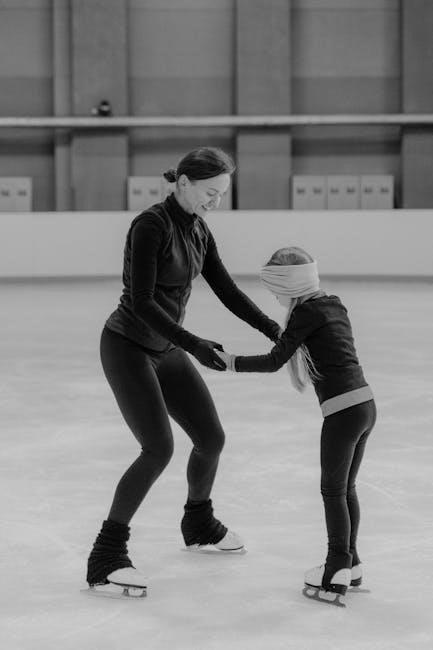
Stretching Exercises
Stretching exercises improve flexibility and reduce pain in the peroneal tendons. Techniques like standing calf stretches and towel stretches target the foot and ankle, enhancing mobility and comfort.
5.1 Standing Calf Stretch
The standing calf stretch is a gentle exercise that targets the gastrocsoleus muscles, which are connected to the peroneal tendons. To perform this stretch, stand facing a wall with one hand on it for balance. Step one foot back about a foot, keeping the heel on the ground and the knee straight. Slowly bend the front knee, leaning forward until a stretch is felt in the calf and Achilles tendon. Hold for 15-30 seconds and repeat on the other side. This stretch improves flexibility and reduces pain in the peroneal tendons, making it an excellent choice for recovery and prevention of tendonitis.
5.2 Towel Stretch for Flexibility
The towel stretch is a simple yet effective exercise for improving flexibility in the peroneal tendons and surrounding muscles. Place a towel flat on the floor and use your toes to grasp and curl it toward you. Repeat this motion several times, focusing on controlled movements. This exercise strengthens the muscles around the peroneal nerve and enhances flexibility, making it ideal for recovery and prevention of tendonitis. Perform 10-15 repetitions daily for optimal results.
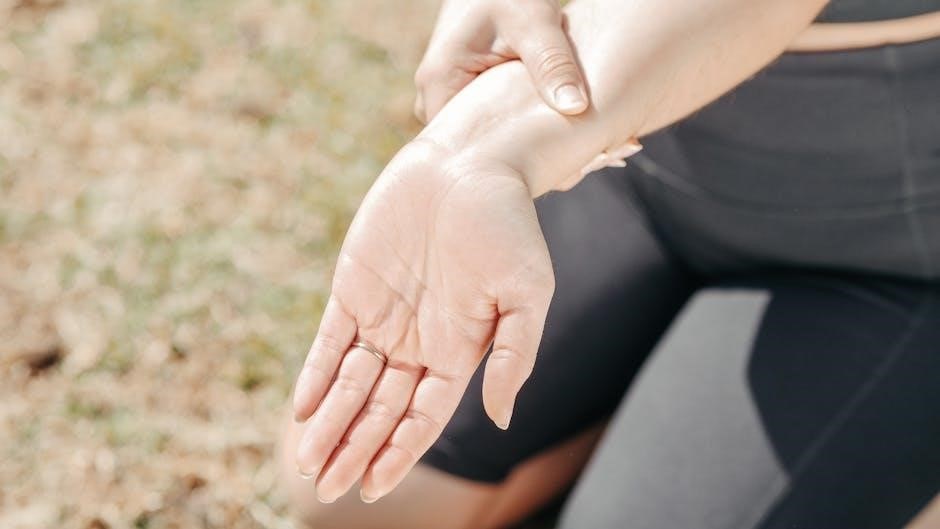
Strengthening Exercises
Strengthening exercises, like towel toe curls and resistance training, improve muscle strength and stability around the peroneal tendons, reducing injury risk and enhancing overall tendon health effectively.
6.1 Towel Toe Curls
Towel toe curls are a simple yet effective exercise for strengthening the muscles around the peroneal tendons. Place a towel on the floor and use your toes to grasp and curl it toward you. Repeat this motion 10 times per set, aiming for 2-3 sets daily. This exercise improves flexibility and strength, reducing the risk of tendon strain. Start slowly and gradually increase intensity as comfort allows. It’s an excellent way to engage the peroneal muscles without high-impact stress, promoting overall foot and ankle stability.
6.2 Resistance Exercises for Peroneal Muscles
Resistance exercises, such as using a resistance band or light weights, can effectively strengthen the peroneal muscles. Sit with your leg extended and loop a band around your foot. Perform eversions by pulling the band outward, then slowly return to the starting position. Aim for 10 repetitions per set, completing 2-3 sets daily. Progress gradually by increasing resistance. These exercises enhance muscle endurance and stability, reducing the risk of tendon strain. Proper form and controlled movements are essential to avoid discomfort and maximize benefits.
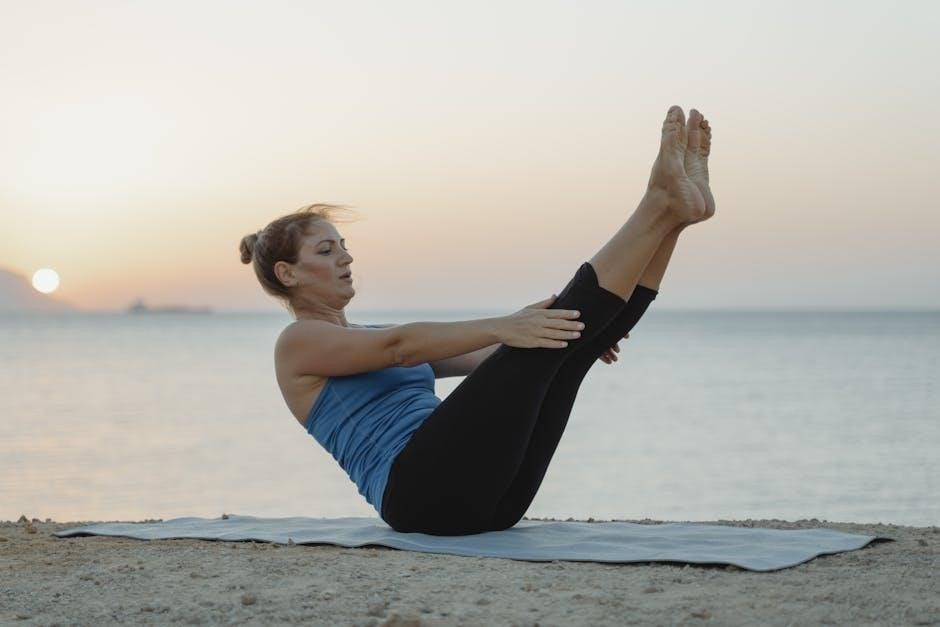
Proprioception and Balance Training
Proprioception and balance exercises enhance ankle stability and coordination. Single-leg stands and ankle stability drills improve sensory feedback, reducing injury risk and promoting overall lower limb function.
7.1 Single-Leg Balance Exercises
Single-leg balance exercises are crucial for improving proprioception and stability. Stand on one leg, keeping the other foot lifted, and hold for 30 seconds. Focus on maintaining posture and balance. Gradually increase duration as stability improves. This exercise strengthens the peroneal muscles and enhances sensory feedback, reducing the risk of ankle injuries. Perform 3 sets on each leg daily. For added challenge, close your eyes or use a soft surface. Consistency helps restore balance and coordination, essential for recovery and preventing future issues.
7.2 Ankle Stability Drills
Ankle stability drills enhance proprioception and strength, reducing injury risk. Start with seated or standing exercises, such as drawing letters with your foot or using resistance bands for evasion and inversion. Progress to dynamic drills like heel-to-toe walking or balance board work. These exercises improve neuromuscular control and joint stability. Perform 2-3 sets daily, increasing difficulty as comfort allows. Incorporating these drills strengthens the peroneal tendons and enhances overall ankle function, aiding in recovery and preventing future issues.
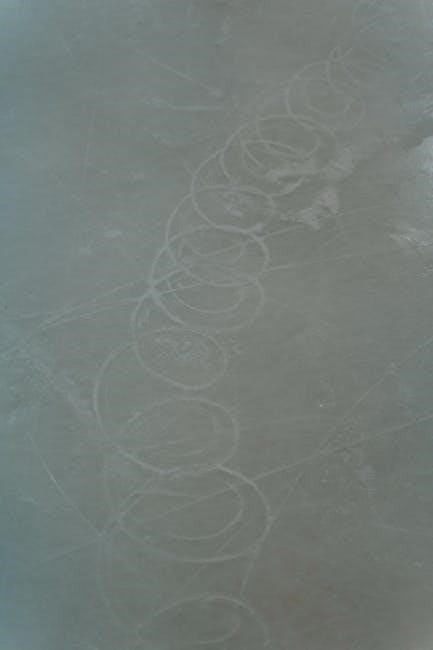
Low-Impact Cardiovascular Exercises
Low-impact exercises like walking, cycling, and swimming are ideal for maintaining cardiovascular health without stressing the peroneal tendons. They improve circulation and fitness gently, aiding recovery and overall well-being.
8.1 Walking
Walking is a low-impact exercise ideal for peroneal tendon recovery. It promotes blood flow and gently engages the muscles without excessive stress. Start with short, gentle walks and gradually increase duration and intensity. Proper footwear and posture are essential to avoid strain. Walking helps maintain cardiovascular health and strengthens the lower extremities, making it a valuable component of a comprehensive recovery plan for peroneal tendon health.
8.2 Cycling
Cycling is a low-impact exercise that effectively supports peroneal tendon health. It promotes blood flow and strengthens the muscles around the tendons without placing excessive stress on the ankle. Start with gentle, short sessions on a stationary bike or flat terrain. Proper footwear and bike fit are crucial to avoid strain. Cycling enhances cardiovascular fitness and muscle endurance, making it an excellent addition to a recovery plan for peroneal tendon injuries. Gradually increase resistance and duration as strength improves.
8.3 Swimming
Swimming is an excellent low-impact exercise for peroneal tendon health. It provides a non-weight-bearing environment, reducing stress on the tendons while improving circulation and muscle strength. Gentle strokes like the flutter or frog kick can be particularly beneficial. Swimming enhances cardiovascular fitness without risking further injury, making it ideal for recovery. Start with short sessions and gradually increase duration and intensity. This activity promotes overall muscle endurance and supports the healing process of the peroneal tendons, ensuring a balanced and effective recovery routine.
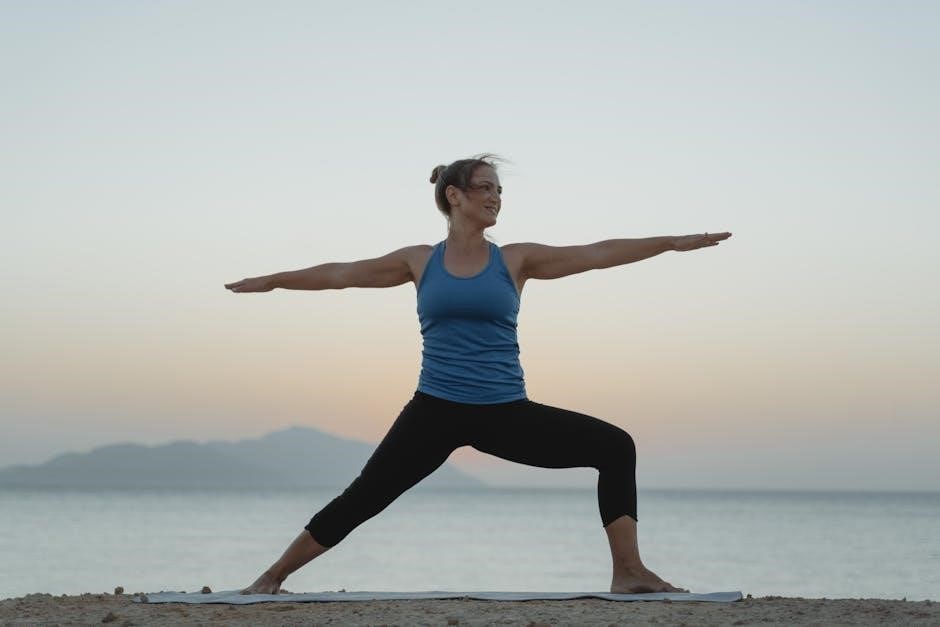
Exercise Progression
Exercise progression is crucial for effective recovery. Start with gentle movements to avoid aggravating symptoms, then gradually increase intensity as strength and flexibility naturally improve.
9.1 Starting with Gentle Movements
Begin with gentle exercises to avoid aggravating symptoms. Low-impact activities like walking, cycling, or swimming are ideal. Incorporate towel toe curls and standing calf stretches to improve flexibility and strength without strain. These movements help restore mobility and reduce tension in the peroneal tendons. Monitor symptoms and progress slowly, ensuring comfort throughout each exercise. This foundational phase is crucial for building strength and preparing for more intense workouts. Always consult a professional if pain persists or worsens during initial movements.
9.2 Gradually Increasing Intensity
After mastering gentle movements, gradually introduce more intense exercises to build strength and endurance. Start with resistance exercises, such as towel toe curls or resistance band workouts, to target the peroneal muscles. Progress to plyometric training, like ankle hops, to enhance power and stability. Ensure each step is comfortable and pain-free before advancing. Increasing intensity too quickly can lead to setbacks, so monitor progress and adjust as needed. Always consult a professional to tailor the intensity to your specific recovery stage and goals.
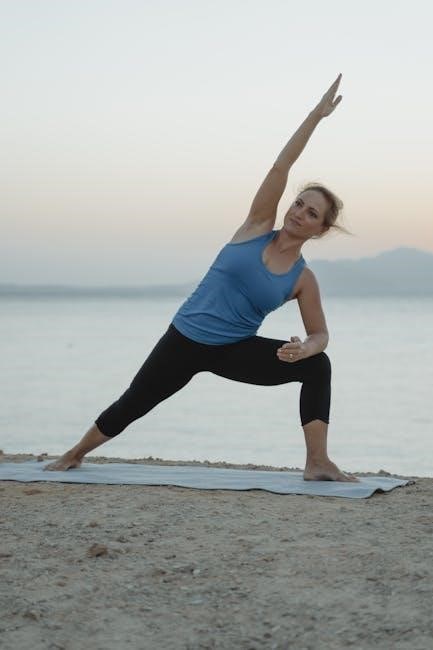
Advanced Techniques
Advanced techniques include plyometric training, such as ankle hops and bounds, to enhance power and agility. Agility drills, like cone exercises, improve quick directional changes and balance.
10.1 Plyometric Training
Plyometric training involves high-intensity, explosive movements to enhance power and explosiveness. Exercises like ankle hops and box jumps target the peroneal tendons, improving strength and reactivity. Start with low heights and progress gradually to avoid stress. Focus on proper landing techniques to minimize impact. These drills are ideal for advanced stages, helping restore functional strength and agility. They prepare the tendons for dynamic activities, reducing injury risk in sports and daily movements.
10.2 Agility Drills
Agility drills are advanced exercises designed to enhance speed, balance, and coordination. They involve quick directional changes, such as cone drills or zigzag running, which challenge the peroneal tendons. These drills improve ankle stability and reaction time, reducing injury risk. Start with controlled movements and gradually increase complexity. Agility training mimics real-life sports scenarios, helping restore functional strength and confidence. Always warm up before starting and progress under professional supervision to ensure proper technique and safety.
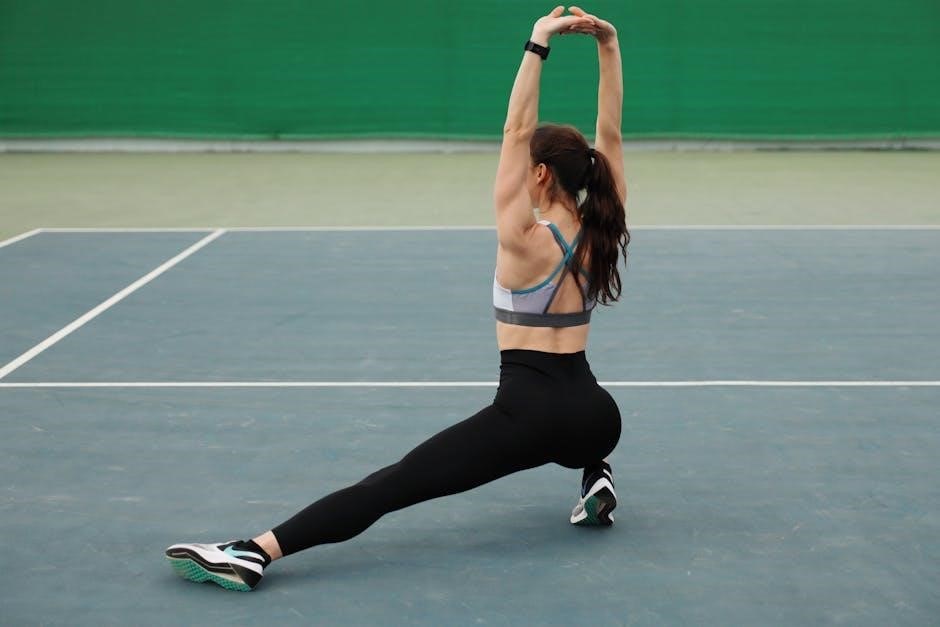
When to Consult a Professional
Consult a professional if you experience severe pain, persistent swelling, or limited mobility. Seek expert guidance if symptoms worsen or self-care measures fail to improve your condition.
11.1 Signs of Severe Injury
Severe injury signs include intense pain, significant swelling, or inability to bear weight. If symptoms persist or worsen despite rest, seek professional help. Sharp pain radiating from the ankle to the foot, limited mobility, or tendon instability are red flags. Swelling that doesn’t subside or tenderness along the tendon’s path may indicate serious damage. Consult a professional if self-care measures fail to improve symptoms or if you suspect a tear or subluxation. Early intervention is crucial to prevent long-term damage and ensure proper recovery.
11.2 Importance of Professional Guidance
Professional guidance is crucial for proper diagnosis and treatment of peroneal tendon injuries. A physician, physical therapist, or athletic trainer can create personalized exercise plans and ensure safe progression. Improper exercises may worsen symptoms or cause further damage. Experts provide tailored advice, addressing specific injuries and promoting optimal recovery. Without professional oversight, recovery may be prolonged or ineffective, potentially leading to chronic issues. Seeking expert help ensures effective treatment and prevents long-term complications, making it essential for achieving full mobility and strength.
Peroneal tendon exercises are vital for recovery and prevention. Rest, ice, and low-impact activities like walking or swimming aid healing. Stretching and strengthening exercises improve flexibility and stability. Professional guidance ensures proper treatment and prevents further injury, promoting long-term foot health and mobility.
12.1 Summary of Key Points
Peroneal tendon exercises are crucial for recovery and prevention, focusing on gentle stretches, strengthening, and low-impact activities like walking or swimming. Weight loss reduces tendon stress, while specific exercises such as towel toe curls and calf stretches improve flexibility and strength. Professional guidance is essential for severe cases to avoid further injury. A structured approach ensures proper healing, promoting long-term foot health and mobility. Consistency and patience are key to effective recovery and preventing future issues.
12.2 Final Tips for Effective Recovery
For effective recovery, gradually reintroduce exercises to avoid aggravating symptoms. Start with low-impact activities like walking, cycling, or swimming. Incorporate gentle stretches, such as towel toe curls and calf stretches, to improve flexibility. Weight loss can reduce tendon stress, aiding recovery. Seek professional guidance for severe cases to prevent further injury. Consistency in practice and patience are crucial for healing. Prioritize proper form and avoid overexertion to ensure long-term foot health and mobility.
